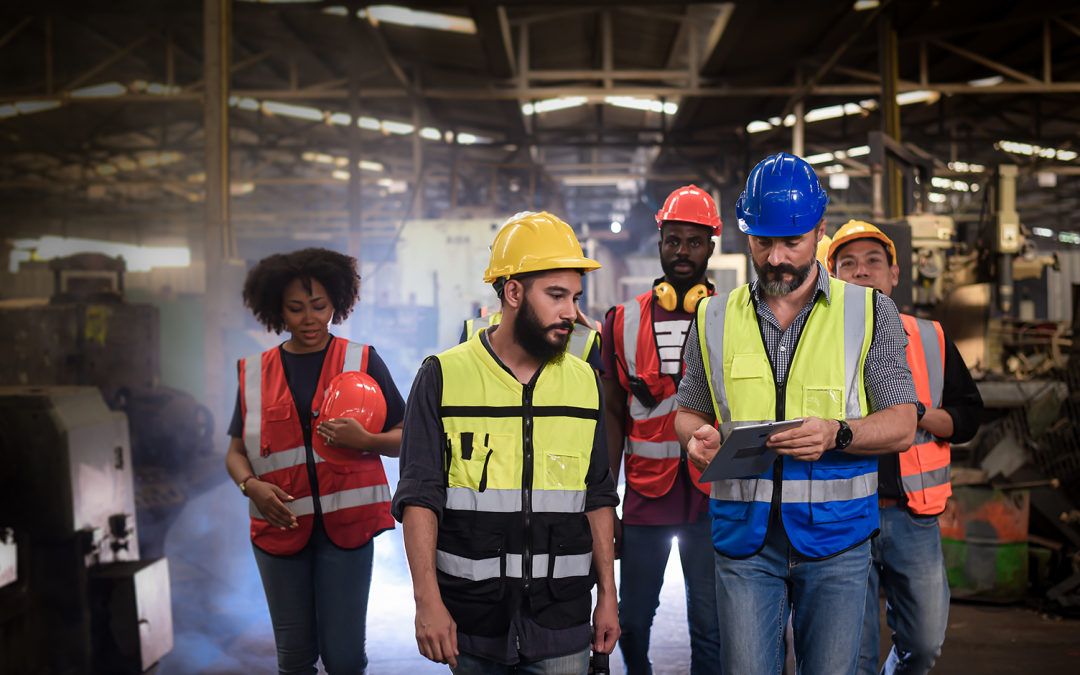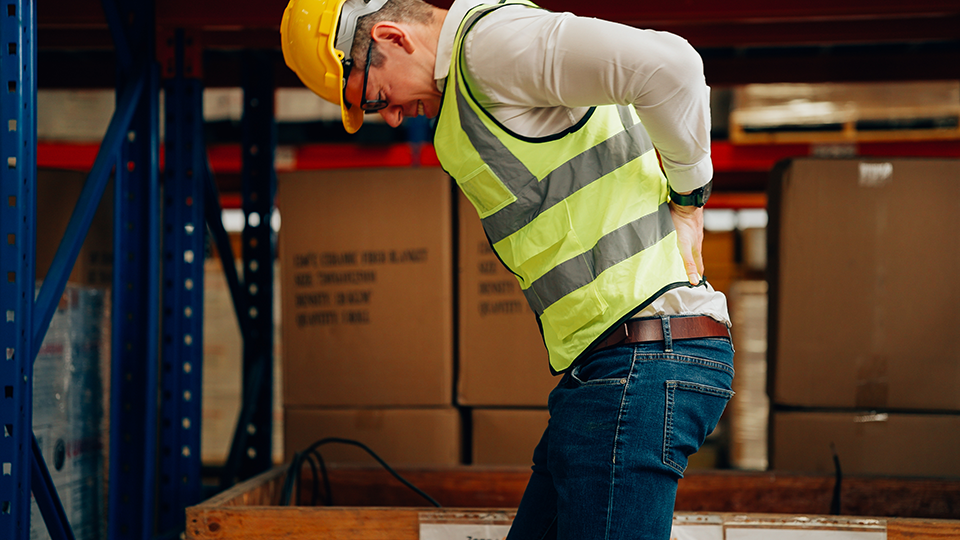Most of us have done all – or at least most – of the following:
- Taking out the garbage
- Rocking an infant or a toddler to comfort them
- Getting a glass of milk out of a gallon jug
- Grabbing your laptop backpack
- Making the bed
- Vacuuming the house.
Oddly enough, the actions listed above have something in common with stocking shelves, moving patients, and loading packages into trucks: every action listed so far requires you to lift something.
Most of the time we take on these tasks (whether common or un-) without much thought to the mechanics and physics that are required. What we also often miss is the realization that we owe the successful completion of the aforementioned tasks to our musculoskeletal systems. We take our bodies for granted.
And if we’re handling a material load, we may be missing the proverbial red flag(s) that are intended to protect said musculoskeletal system.
Protection = Prevention
We’re not suggesting that anyone take a university-level course in anatomy and physiology. Far from it. What we are saying is that we’re not doing enough to protect ourselves against injury.
The numbers haven’t gotten any less scary over the years, and they bear us out:
- Work-related back injuries account for 20% of all workplace injuries and illnesses.
- 264 million work days are lost in the US each year due to back injuries.
- Back injuries cost the US economy $50M.
Clearly, we keep doing something that isn’t working.
What if protecting the musculoskeletal system was part and parcel of our daily work? What if we could really train our workforce to embrace back health as a function of their daily job?
Old habits die hard. But what if those old habits are part of the problem? It’s way past due to shift the way we think about lifting and moving things, whether at work or at home.
Consider: because we’re responsible and smart, we operate our machinery and equipment within certain parameters. Correct and careful operation provides effective protection against damage and unnecessary wear and tear; it maintains and maximizes the life of the assets. So why should keeping our bodies healthy be any different?
The way most of us are taught to lift only works to a certain point.
The good old ‘squat lift’:
- Keep the back straight.
- Lift with legs, not the back.
- Keep the load close to the body…
Anymore it’s a litany that is supposed to help us lift in a way that protects us. But the squat lift has its limits, and the injury statistics are evidence of those limits.
We also need to take into account the changing nature of our current workforce. As a general rule, it’s aging, and there is a higher percentage of workers who are obese. Both these factors contribute to back injury statistics.
Doing something different will give a different result.
The proof is in the proverbial pudding. For a healthy helping, we invite you to visit powerlifttraining.com and check out our case studies under the About Us tab for reports on how PowerLift® made a difference.
Here’s the thing: a healthy and protective method of lifting and moving materials with the human body does exist. It differs from what we already know. And it works. And for several reasons:
- It works naturally. PowerLift® Training is an extension of the physics and physiology of the human body.
- PowerLift® both optimizes and maximizes the innate strength and structure of the body’s muscles and skeletal movement to accomplish the task.
- PowerLift® Training includes support materials and a learning structure that creates and maintains both an environment and culture of safety.
How may we support you?
Like you, we’re committed to the safety and health of the people who make up our workforce. Let us know how we an help you further your commitment to an injury-free workplace.



Recent Comments